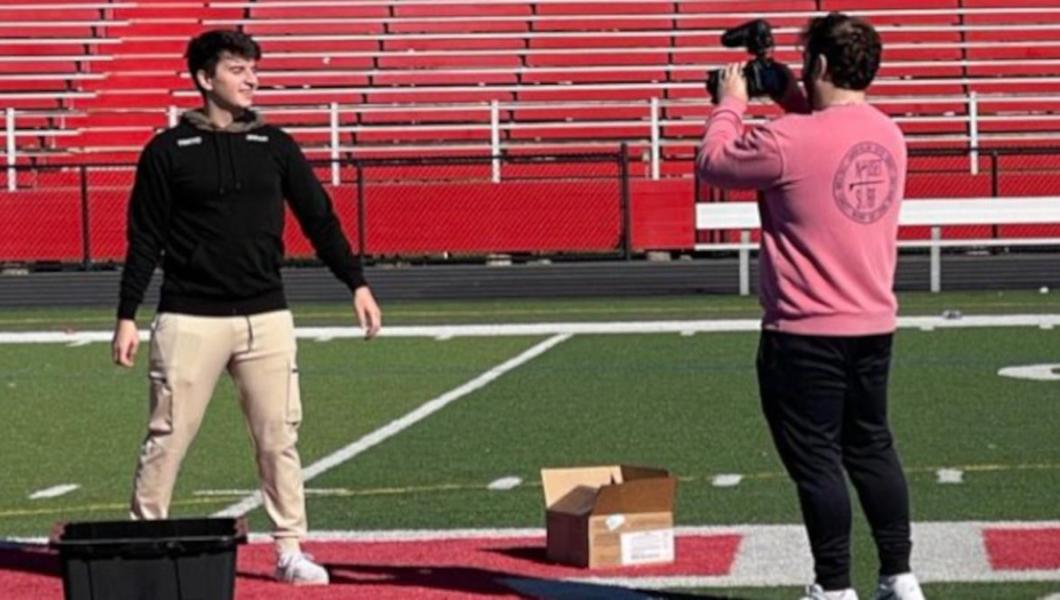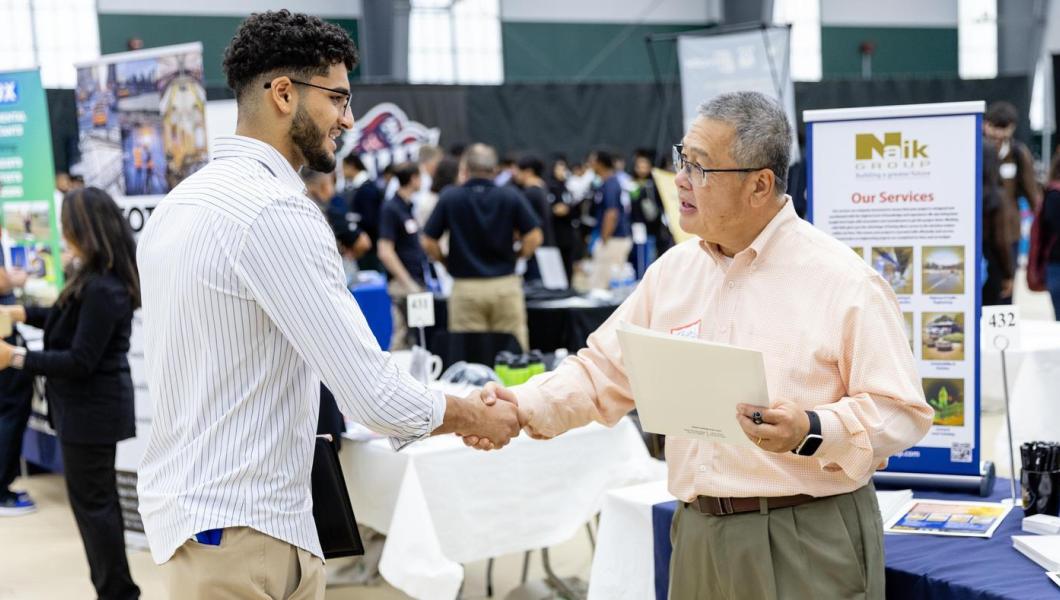NJIT and AT&T Work Together to Improve Network Experiences

An ongoing collaboration between AT&T and NJIT over the past three years has produced several publications and patent applications for inventions that have the potential to revolutionize network experiences.
Using AI to improve customer experiences
Artificial intelligence can be used to improve wireless networking and the app experience by predicting cellular traffic.
Cristian Borcea, professor of computer science in the Ying Wu College of Computing (YWCC) and an expert in mobile computing and sensing, and frequent collaborator Yi Chen, professor of business data science in the Martin Tuchman School of Management, are the principal investigators on the NJIT side for projects on cellular network traffic prediction and improving customer network experience. They worked closely with the AT&T Labs team including Manoop Talasila, Anwar Aftab and Guy Jacobson on numerous technology and research collaborations.
AT&T and NJIT published a paper on an AI model for cellular traffic prediction, known as STGCN-HO, and presented it at the 17th Annual IEEE International Conference on Sensing, Communication and Networking (SECON). The model better enables operators to adapt to traffic demand in real-time for improved network resource utilization and user experience. Previous studies applying older types of neural networks had not explicitly considered the effect of handover between base stations (cell towers) on the spatial characteristics of the traffic, which tended to lower prediction accuracy.
STGCN-HO uses the device handover graph between cell towers to improve wireless traffic prediction by capturing both spatial and temporal aspects of the traffic. The solution is fast to train and simultaneously predicts traffic demand for multiple cell towers at once. Experiments using real-world traffic data demonstrated that the model outperformed existing solutions. The benefits of this solution are better network performance on mobile devices and greener (more power efficient) 5G networks.
Making our communities safer
AT&T and NJIT collaborated to deliver Enhanced 911 services by implementing advanced call routing techniques using AI and machine learning. Improving E911 call routing aids emergency responders in swiftly and efficiently addressing 911 calls. The objective of this research is to refine the cell site configurations that network engineers will apply to the E911 network nodes. Recently, network management tools have been upgraded to streamline and automate the cell site configuration process.
During weather-related emergencies, evaluating the network's effect on emergency services is crucial. In the aftermath of Hurricane Ian, AT&T and NJIT studied the correlation between wireless emergency alerts and the number of affected customers in the impacted region, as well as the specific areas where emergency services were disrupted. This research aids operation teams in assessing network outages and enhancing, planning and developing response strategies for future severe weather incidents.
Manoop Talasila, principal-inventive scientist at AT&T Labs, had this to say about the collaboration with NJIT:
“AT&T Labs explores beyond today’s technological solutions to create the future of telecommunication networks and pave the way for the next wave of innovation. We collaborate with Professor Cristian Borcea and his research team at New Jersey Institute of Technology due to their expertise in cellular networks, mobile computing, and machine learning. In addition, NJIT’s faculty’s experience in blending applied research with practical solutions helps us deliver real-life applications to benefit customers.”
Borcea’s NJIT research team included Ph.D. candidate Xiaopeng Jiang and Shuai Zhao ’20, who is now a machine learning engineer with LinkedIn. The current research on network resiliency is being conducted with Ph.D. candidates Pritam Sen and Xiaopeng Jiang.

